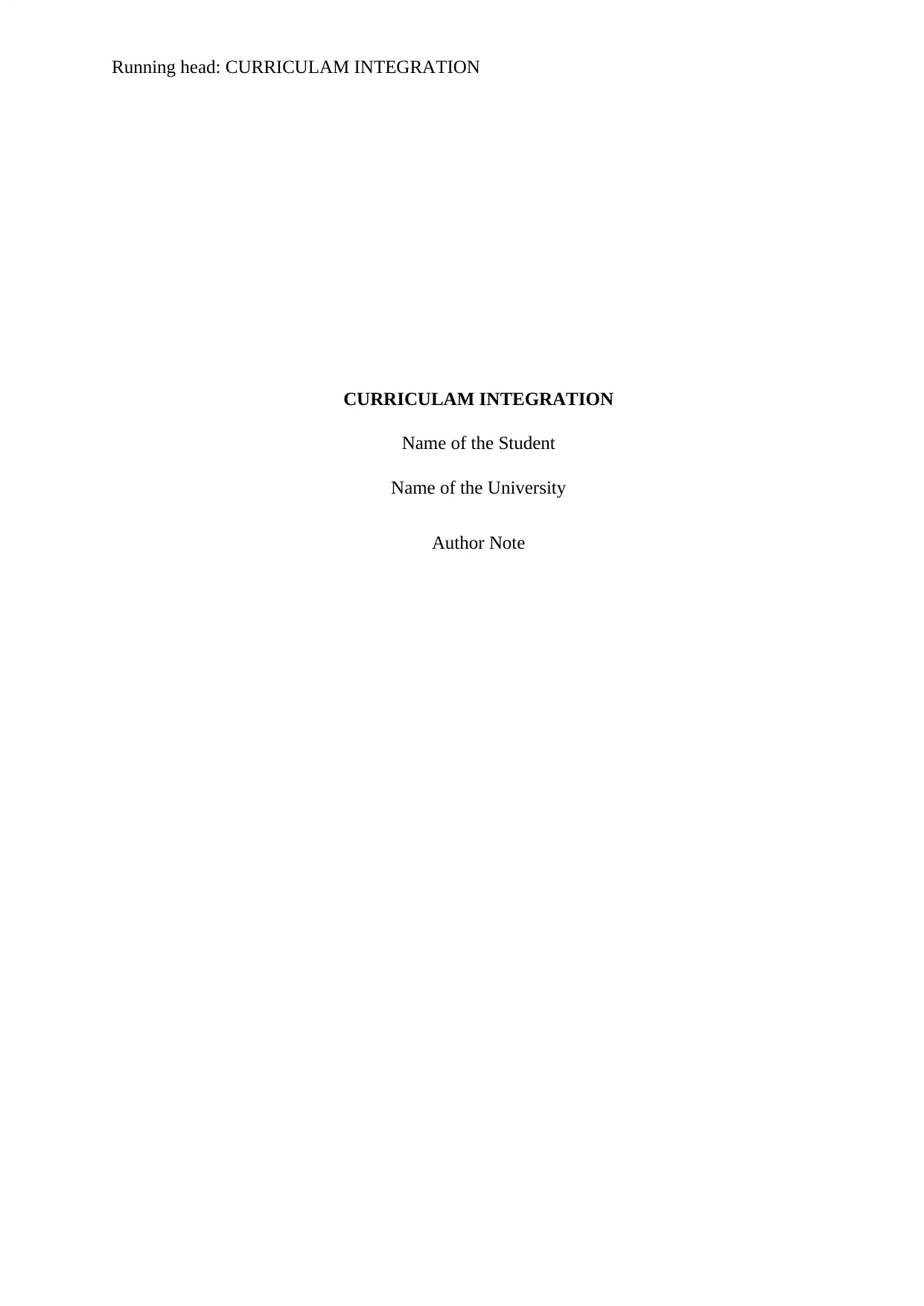Curriculum Integration in Art and Design: A Report on the Subject
VerifiedAdded on 2022/08/08
|3
|338
|34
Report
AI Summary
This report examines the integration of art and design curricula, focusing on how art can be used to enhance learning and creativity. It delves into the application of cognitive science and postmodern theories in art education, highlighting the importance of analogous thinking and imagination. The report explores the role of art in fostering a deeper understanding of concepts and promoting innovative thinking. It emphasizes the use of visual elements and conceptual collages to facilitate learning and provide insights into the postmodern art. The report concludes by suggesting that the integration of art into the curriculum can act as a catalyst for substantive learning and the development of new ideas, ultimately improving the students' way of thinking and learning.
1 out of 3










![[object Object]](/_next/static/media/star-bottom.7253800d.svg)